We’re living in a time where anything old is new again. It’s trendy to use reclaimed and upcycled materials to create new things. In 2023, it’s all about the circular economy, when it comes to a retail product display!
Upcycling is playing a huge role in sustainable retail displays these days, particularly in VM. We’ve recently worked on two independent campaigns with Superdry – one where driftwood was suspended to create clothes hanging rails and another where reclaimed timber from roofing trusses was used to create a selection of props used in-store.
The possibilities in-store really are endless, it’s simply a question of creativity.
In this article, we look at some great examples of retail product displays that use recycled or upcycled materials and explore the benefits.
Unlike recycling, which breaks down the components of an item, upcycling is a form of reuse and repurpose. Essentially, it’s a way of breathing new life into a product, elevating it to a higher quality than its earlier incarnation. A great way to avoid sending unnecessary waste to landfill and to produce something that’s both useful and eye-catching in the process. A win-win situation…
Let’s explore some of the benefits of upcycling materials to create a retail product display.
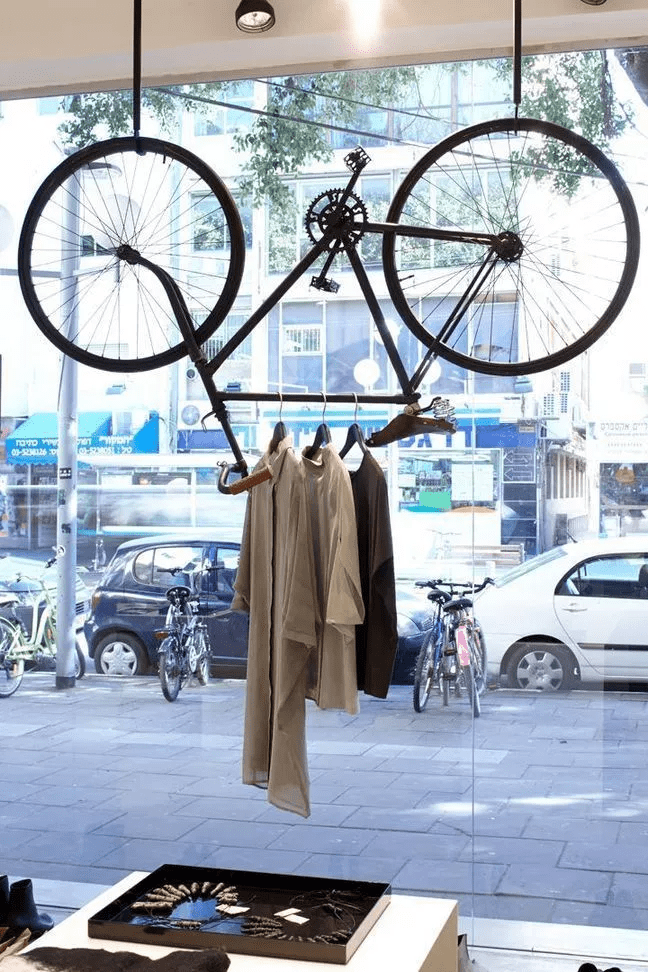
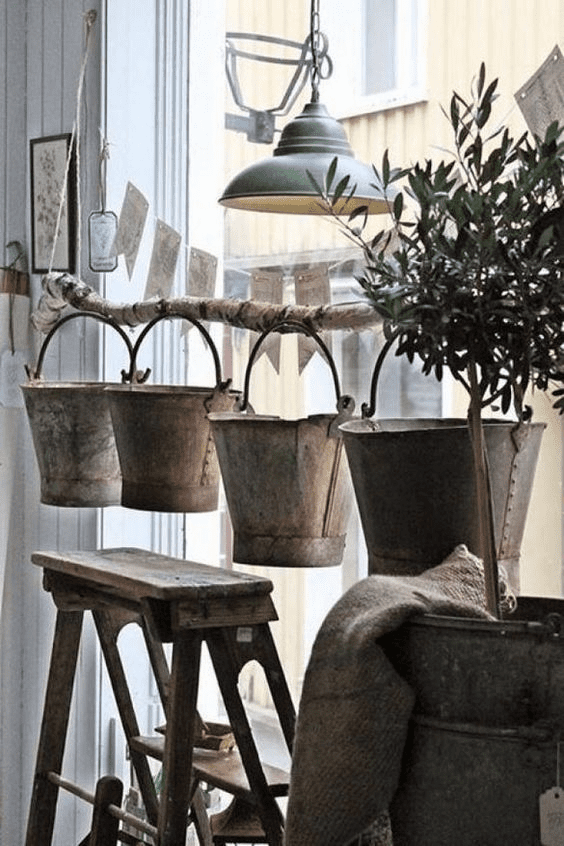
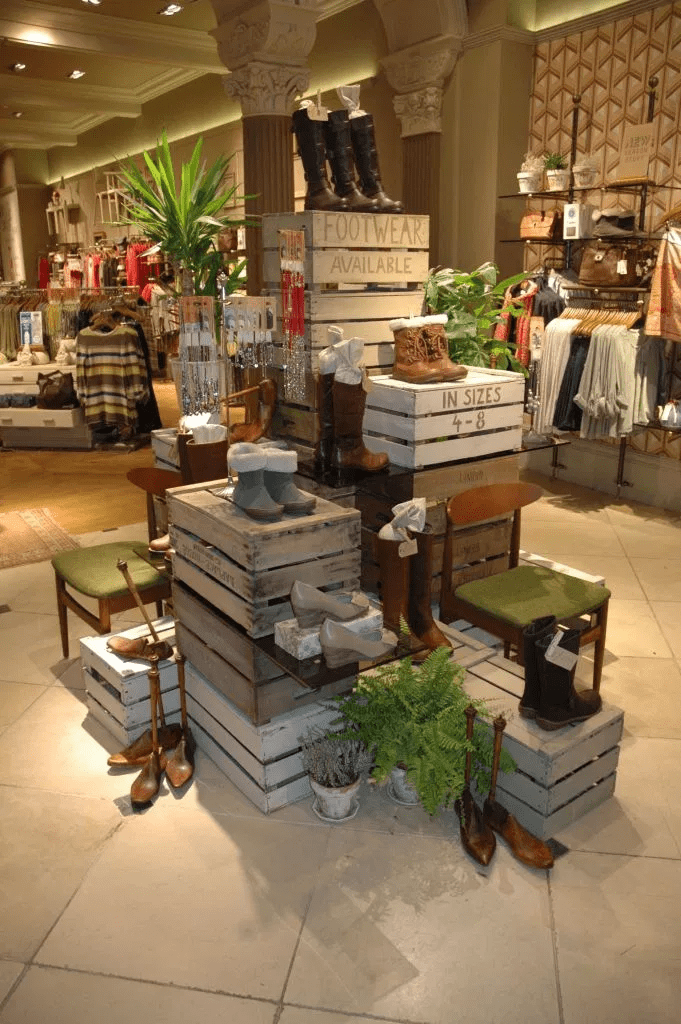
One of the many beauties of upcycling is that it gives you the opportunity to get creative. Think of it as the opposite of mass production: whatever you create will be uniquely yours, not seen or reproduced anywhere else. Shoppers are drawn to daring and different product displays, especially those not made from traditional materials or props. So this is your chance to shine…
Landfill is essentially a burial site for materials and products which have reached the end of their life. And the more we send to landfill, the more our planet is suffering. Upcycling is a form of revival, giving a new lease of life to old products and giving the planet some breathing space.
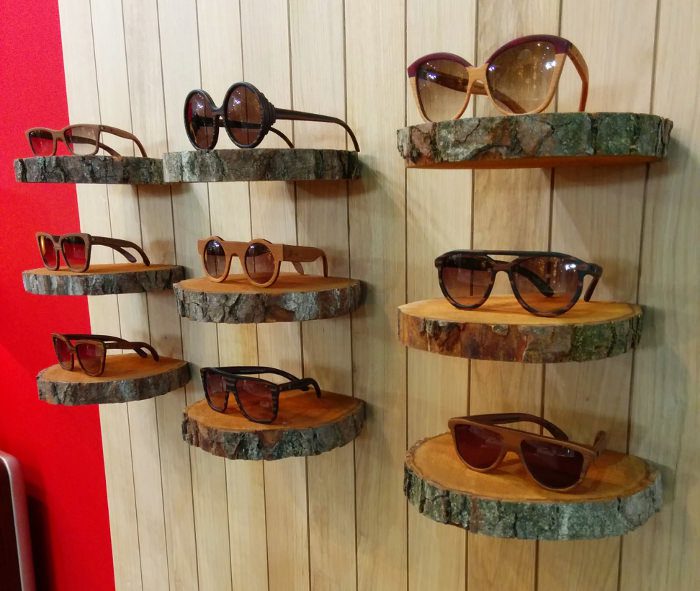
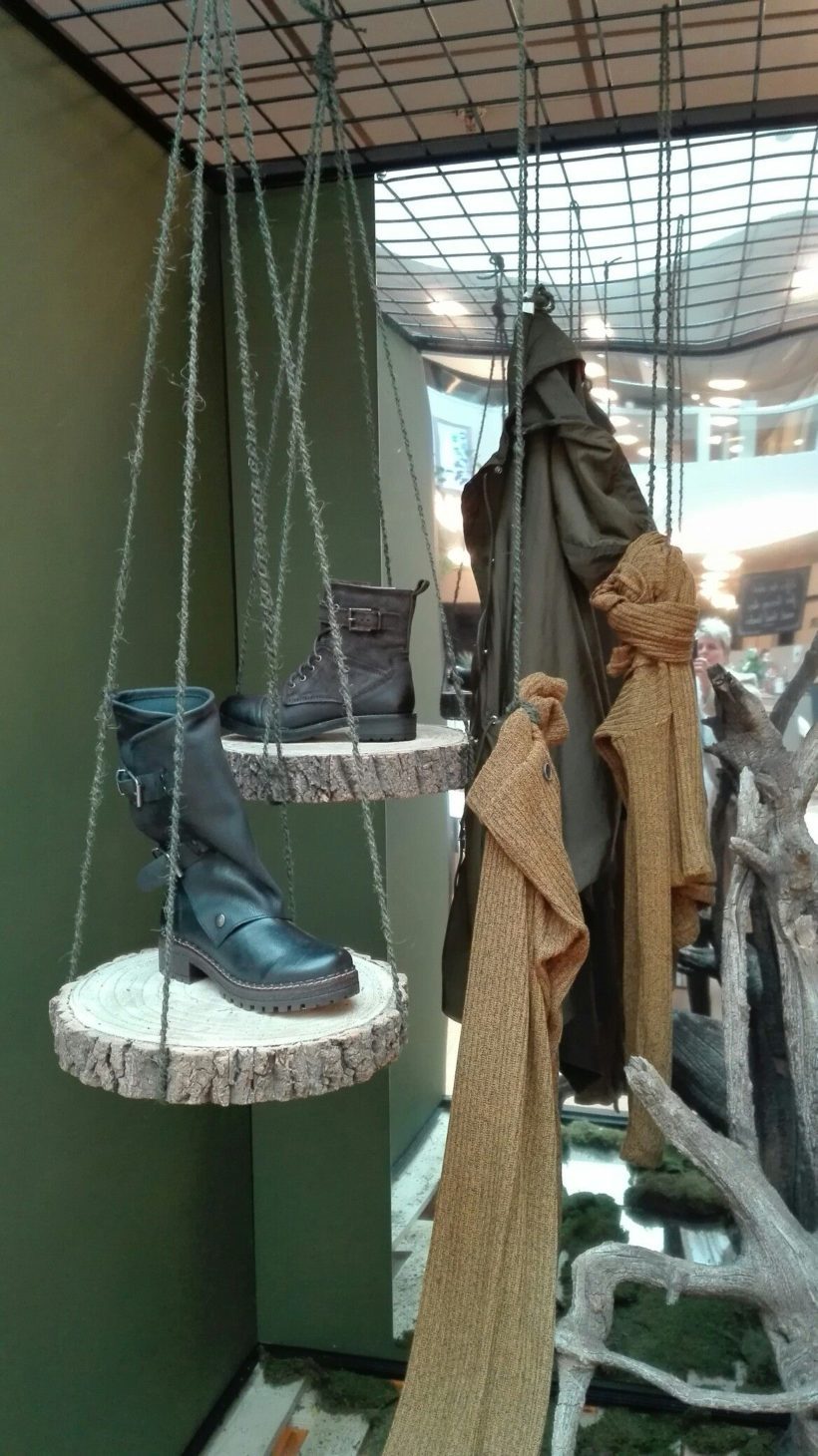
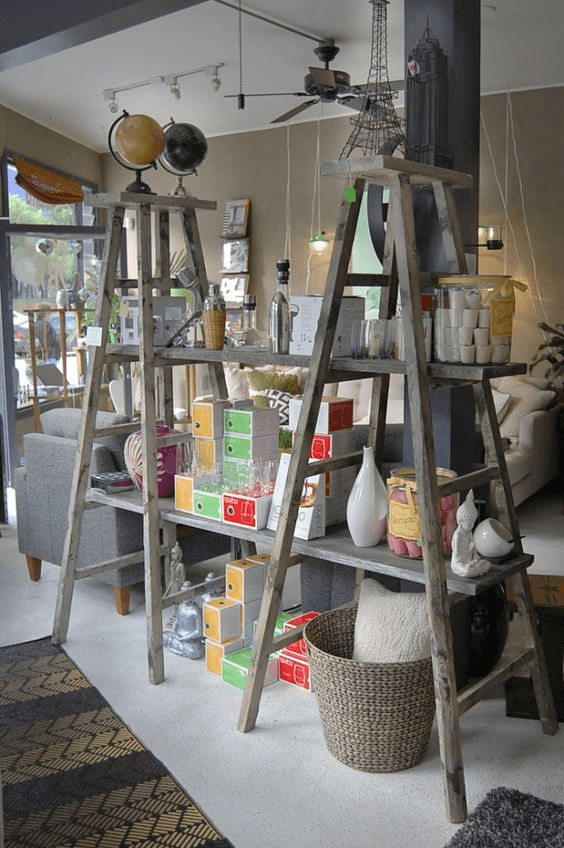
Investing in new retail displays or visual merchandising props can be costly. And even more so when you’re rolling them out across multiple stores. Upcycling is a great way to circumnavigate this expense. Sure, you need to give your upcycled materials and items some TLC, but this is a much more cost-effective method than buying new.
Recycling uses energy and creates a carbon footprint. Producing new materials uses energy and creates a carbon footprint. But the only energy you need to use for upcycling is your own creative energy. You’re not breaking materials down or making them from scratch. You’re simply repurposing… which is a much more sustainable way to operate.

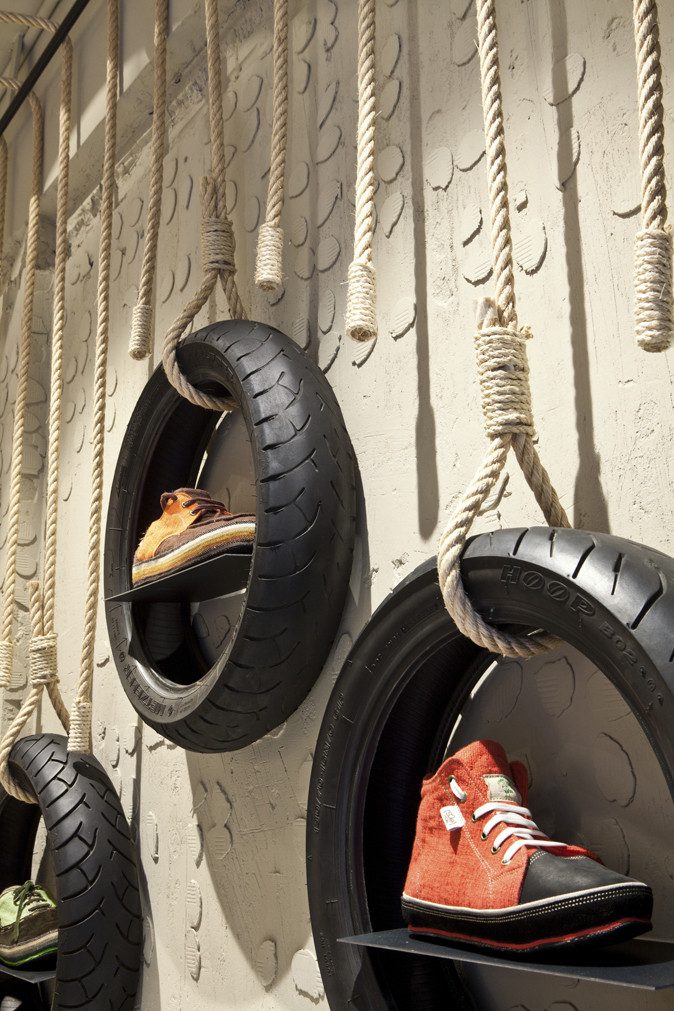
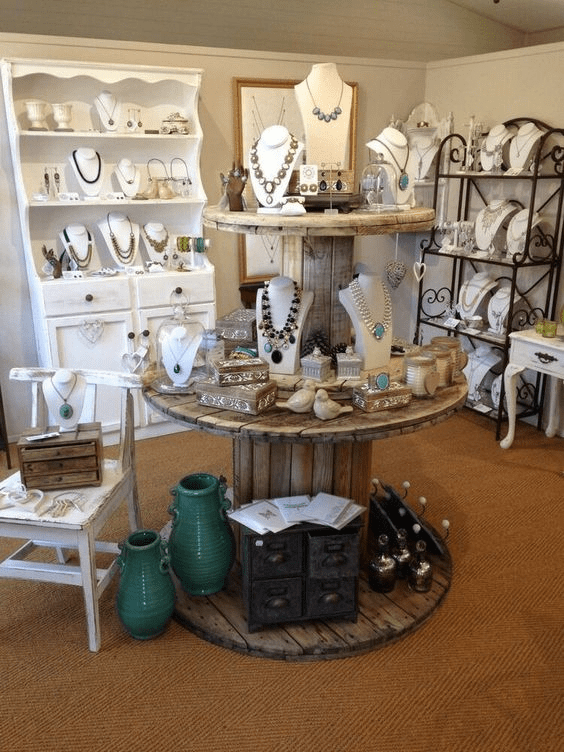
The other good news is that upcycling is bang on trend! Savvy shoppers love to see sustainability in action in-store and are more likely to buy from a brand that’s actively demonstrating their eco-initiatives (rather than just talking about them).
Take a look at our previous sustainable displays and get our latest company updates here!
Looking to opt for ECO for your next retail activation? We’d love to help! Drop us a line on hello@kgkgenix.com or call us on 01920 461244.